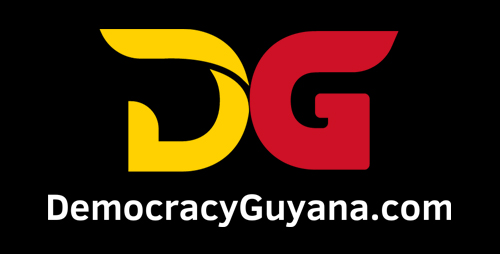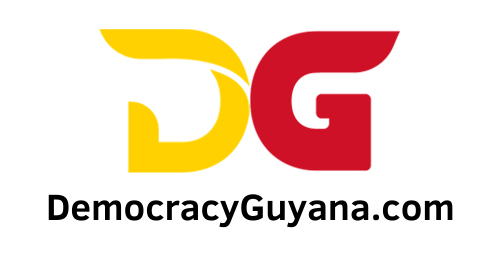It is unfortunate that some of our local media houses of good standing, as well as some of our most highly educated, adopt these “so called” international reports without performing an iota of critical analysis. It is imperative that one seeks to competently interrogate the integrity of these reports, any report for that matter, such as the Corruption Perception Index (CPI) by the Transparency International (TI) body, before parroting and re-selling its contents wholesale.
Unscientific and untrustworthy methodology
First, let’s examine the methodology by which the CPI is compiled. The methodology states that “the CPI aggregates data from a number of different sources that provide perceptions among businesspeople and country experts of the level of corruption in the public sector” (Corruption Perceptions Index Report, pg.8). In other words, the CPI is based on a compilation of opinions by a group of people. This means that there is no real, practical, scientific and empirical analyses and/or assessment of the country’s anti-corruption framework. It is simply not based on a factual, credible data driven analysis. Thus, the methodology in of itself is unscientific and untrustworthy.
Funding Sources
It would be interesting to note that >60% of the TI’s funding comes from governments. This information can be independently verified from their own website, which can be accessed here: https://www.transparency.org/en/the-organisation/who-supports-us.
More interestingly, there are fourteen (14) countries that provide funding to the organization, namely: Denmark, France, Bhutan, Germany, Australia, Canada, Netherlands, Taiwan, Sweden, United States, the United Kingdom, Switzerland, New Zealand and Ireland. And, somehow, miraculously or coincidentally, or both, all fourteen of these countries obtain scores that are above 65 – 90, with Denmark scoring the highest at 90. This means that Denmark is “perceived” to be the least corrupt country in the world. But is this so in actual fact? Let’s find out.
Most importantly to note is that Guyana is not one of the countries that finances this organization.
With the aforementioned being established, let us now examine the facts in respect of the actual state of affairs of Denmark’s anti-corruption framework by a legitimate and credible organization that Denmark is a member of, namely, the Organization for Economic Cooperation and Development (OECD). The OECD is a “unique forum where the governments of 37 democracies with market-based economies collaborate to develop policy standards to promote sustainable economic growth” (cited from the US Department of State).
According to the OECD’s “Anti-Corruption and Integrity Outlook: Country Fact Sheet 2024” for Denmark, the country that scored the highest (90) on the corruption perception index or the perceivably least corrupt country in the world; to the contrary, this report states that:
“Denmark fulfills 7% of standard OECD criteria on the quality of its [anti-corruption] strategic framework and 7% for implementation in practice, compared to the OECD average of 45% and 36%, respectively. E.O. no. 116 of 2018 does not include a situation analysis that identifies existing public integrity risks. It also has no outcome-level indicators to measure implementation of strategic objectives and does not include an action plan to facilitate implementation”. The full report can be accessed here for ease of reference: https://www.oecd.org/en/publications/anti- corruption-and-integrity-outlook-2024-country-notes_684a5510-en/denmark_84a628ae-en.html.
This situation is not the first of its kind or unusual. There was a similar case involving the World Bank’s ease of doing business index. Bear in mind that the World Bank is a far more credible organization than the Transparency International Organization. In 2021, the World Bank discontinued the “Doing Business” report, “following allegations of data manipulation, undue influence, and unethical behavior by several staff members”. The full statement on this matter can be accessed on the Bank’s website here for ease of reference: https://www.worldbank.org/en/news/statement/2021/09/16/world-bank-group-to-discontinue- doing-business-report.
In the final analysis, we have evidently demonstrated herein that the Corruption Perception Index is by no means and standard whatsoever credible. It is erroneous. In fact, we can unarguable conclude that the index is evidently, not perceivably, fraudulent.





